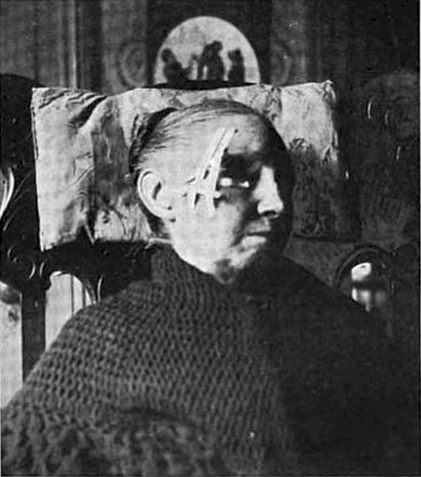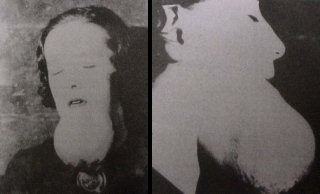

The radium they’d ingested was eating away at their bones. He created tests that proved it was the radium that was poisoning the factory workers but for many women, this finding was too late.īy the mid-1920s, dozens of radium girls were falling ill.

Then, in 1925, Doctor Harrison Martland discovered that radium had deposited in the women’s bones. 05rIYp9B7U- Pulp Librarian 13 January 2018 Not to be outdone the beauty industry began to hype Radium as a miracle element that could rejuvenate skin, make lips more luscious, and literally make a face glow. It took the death of a male employee of the radium firm for experts to finally take the issue seriously. But 800 miles away in Ottawa, Illinois, where a new studio had opened, the painters were unaware of the problems - and their employers did not inform them of the now-established danger.” Moore writes: “In New Jersey, the women’s illnesses had an understandable effect on the profession’s popularity: dial painting declined. The only study into the safety of radium was conducted in the same factory.Īccording to Moore, instead of radium firms suspending dial-painting, the managers refused to accept any responsibility and vowed to find the “real cause” of the women’s illness. Radium was not suspected at first because the official line was that it was safe in small doses. sbR334rpAE- Pulp Librarian 13 January 2018 In the 1920s it was marketed as a 'scientific' panacea of wellness. Radium and radioactivity was soon a main ingredient in quack medicine: with extravagent claims made for its health-restoring and energetic properties. Radium was marketed as a health product, with radium infused water, cosmetics and toothbrushes. What’s worse was that radium companies fed the public the lie that small amounts of radium was actually good for you.ĭuring the height of radium’s popularity, between 19, it was mostly used by the Radiation Corporation in the US to paint clock and watch faces.įor fun, some women even painted their teeth so, when they arrived home in the dark, their mouths would be glowing. Why else would male employees working with larger amounts of radium be required to wear lead aprons? But the women believed what they were told and continued sucking their paintbrushes, completely oblivious to the fact that they were poisoning themselves. They were assured by the factory bosses that radium was perfectly safe. 2dJCjFtbep- Pulp Librarian 13 January 2018 Radium Corporation, applying Radium paint to watch dials and licking the brushes to keep them pointed. In 1925 the New Jersey medical examiner had been investigating the dearhs of women working for the U.S. The women painted up to 200 watches per day and with every number they painted, they ingested a small amount of radium. After they painted a number, they had to put the tip of the camel-haired paintbrush between their lips to make a fine point. It was seen as a relatively safe job - until the women were instructed to suck their paintbrushes to make a very fine point, making it easier to carry out the intricate work needed to get the numbers small enough. Back then, radium wasn’t considered to be dangerous in small doses. The work involved using luminous radium paint to make the numbers on clocks, watches and aeronautic dials glow in the dark. “Made possible by the magic of radium!” promised one advertisement. Wearing a watch with a glow-in-the-dark dial was the hot new fashion accessory. The women were paid up to three times the amount they’d be earning at other factories.Īlso, because the most of the dials were for military use, the women were made to feel important, that they were making a difference in helping with the war effort. In 1916, dial painting was the trendy new profession for young American and Canadian women it was artistic and well-paid. Hundreds of women worked in clock factories during WWI where they painted watch and clock dials with glow-in-the-dark radium paint.


 0 kommentar(er)
0 kommentar(er)
